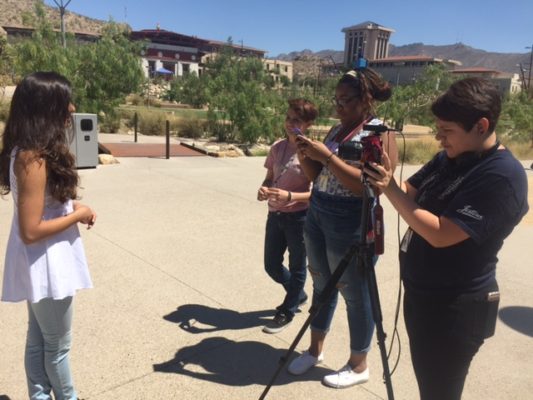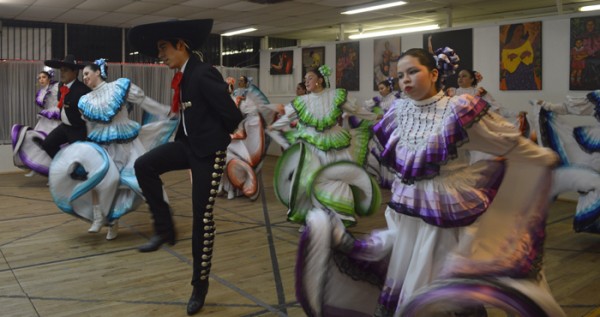Fruitful year ahead for Borderzine, and a call for support for diversity champion and Hispanic Link Founder-Publisher Charlie Ericksen
|
The new year starts soon with a bang as a new unpredictable Republican president, downright antagonistic toward news media, the border and immigrants, takes office. And Borderzine’s editors and student journalists are ready for the challenge of reporting the non-headline-making reality of the border region and share it with the wider public, the politicians and decision makers in Washington. Among new ventures in the works for 2017 are a journalism partnership with a major Spanish/English news outlet with increased focus on in-depth reporting by our students and professional staff about the economy, business, education, immigration (yes, the wall!) and the environmental needs of the U.S.-Mexico border region, as well as our signature storytelling – relating the unique culture and contributions of 20 million border residents to the rest of the nation. During 2016, Borderzine student reporters dove into story coverage of Pope Francis’ first-ever visit to Ciudad Juarez and the border, reported thoroughly on the effects of cross-border air contamination in a multimedia package that was presented at a national Communication conference in Philadelphia, and a collaborative effort with the New Mexico In Depth news site and NMSU students to report the local impact of the historic and histrionic presidential race between former Secretary of State Hillary Clinton and billionaire Donald Trump for the White House. Next year we hope to continue two long-standing and successful on-going projects – Journalism in July, a multimedia journalism camp for the El Paso/Ciudad Juarez/Las Cruces area’s best and brightest high school journalists, and an annual summer Dow Jones Multimedia Training Academy for journalism professors from Hispanic-Serving Institutions as well as Historically Black Colleges and Universities.





